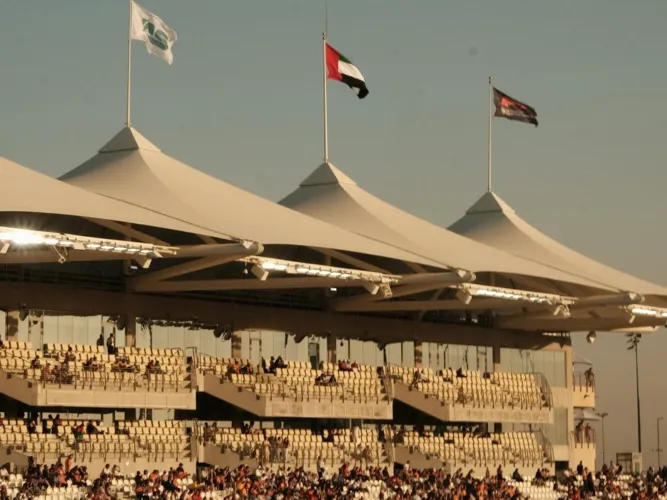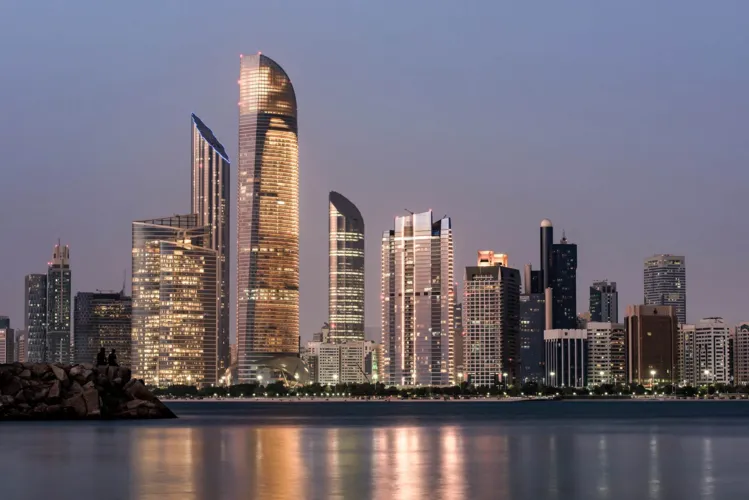Abu Dhabi Real Estate Market: Prices Skyrocket as Supply Falls Short
The Abu Dhabi real estate market is heating up, with prices climbing across residential and commercial sectors as demand continues to overwhelm supply. In 2024, housing rents jumped 20%, sale prices rose 11%, and prime office spaces hit 95% occupancy—all signs of a market operating at full throttle. Even as new developments come online in 2025, the relentless appetite for property, driven by foreign investment, economic expansion, and government initiatives, ensures competition will remain fierce.
Residential Shortages Push Prices Up 11%, With Khalifa City Leading
For homebuyers, the reality of limited new supply became painfully clear in 2024. Developers managed to deliver just 3,004 residential units, falling 46% short of forecasts, leaving prospective buyers scrambling. This scarcity drove an 11% surge in sales prices, with villas leading the gains.
Nowhere was this more apparent than in Khalifa City, where home values soared by 30%, signaling a shift toward suburban communities as buyers searched for more affordable alternatives to high-priced central districts. The secondary market thrived, with transaction volumes surging 54%, as buyers increasingly opted for ready-to-move-in homes rather than waiting for new builds.
Rents Surge as Saadiyat Island Sees 31% Price Jump
The rental sector in the Abu Dhabi real estate market proved even more volatile. Premium locations saw double-digit rent hikes, pushing tenants to reconsider their options. Saadiyat Island led the charge, with rents skyrocketing 31%, while Reem Island and Al Raha Beach followed close behind, posting 24% and 21% increases, respectively.
The squeeze wasn’t confined to luxury properties. As pricing pressures spread, mid-market and suburban areas became hotspots for renters looking for more budget-friendly choices. In 2025, an estimated 8,500 new homes will hit the market—nearly triple 2024’s supply—but demand remains strong enough to keep rental rates elevated.
Office Market Nears Full Capacity as Rents Rise 11%
For businesses, finding premium office space in Abu Dhabi became an uphill battle in 2024. Prime locations reached 95% occupancy, while citywide levels averaged 89%, leaving companies with few options. The result? A steep 11% climb in office rents, as firms jostled for the remaining inventory.
Driving much of this demand was Abu Dhabi’s financial sector, which accounted for 24% of total office inquiries. Banking, fintech, and investment firms expanded aggressively, snapping up prime office real estate before it ever hit the open market. And while 104,000 sq. m. of new office space is slated for delivery in 2025, most of it is already pre-leased, meaning availability will remain tight.
What’s Next: New Supply Won’t Cool Competitive Pressures
Looking ahead, the Abu Dhabi real estate market is unlikely to see a major cooldown. While new residential and office developments will offer some relief, demand remains unwavering, particularly with government-backed initiatives fueling growth. The launch of the Abu Dhabi Rental Index in 2024 aims to bring transparency to lease negotiations, potentially making price adjustments more predictable in the years ahead.
Another shift on the horizon? Freehold ownership expansions, which will broaden investment opportunities, attracting more foreign capital and solidifying Abu Dhabi’s reputation as a top-tier global real estate hub. Even with an influx of new supply, the market’s competitiveness and strong upward price momentum are set to persist well into 2025.
Also Read: Abu Dhabi Real Estate Prices Surge as Demand Outpaces Supply







